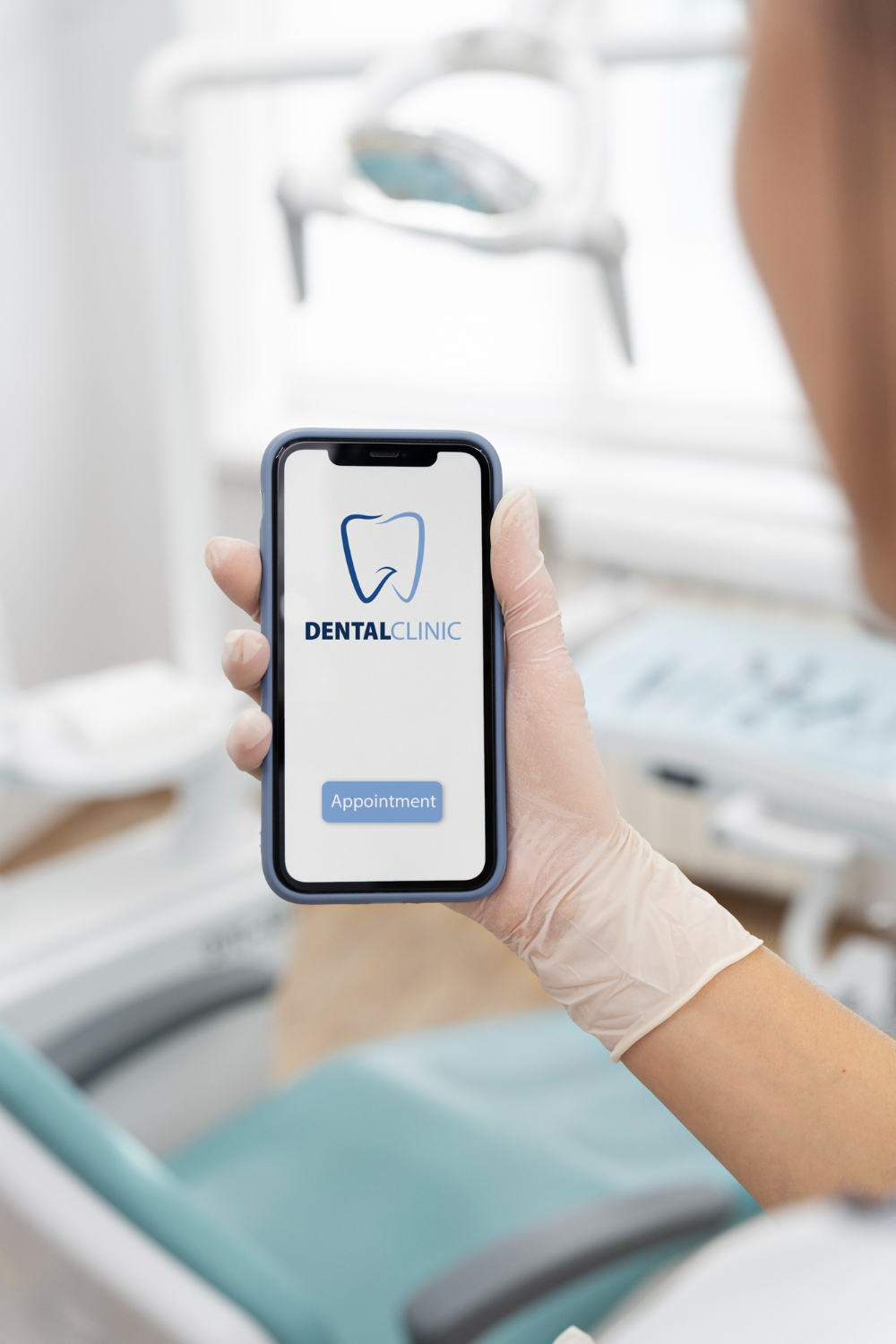
In the fast-evolving world of dentistry, staying ahead of the curve is not just an advantage; it’s a necessity. Dental professionals, including practicing dentists and dental practice owners, understand that the backbone of a thriving dental practice today goes beyond exceptional clinical skills—it lies in leveraging technology to enhance efficiency, improve patient care, and streamline day-to-day operations.
That’s where dental software enters the picture, acting as a linchpin for successful practices. Recently, a new wave of technological advancements in dental software has emerged, promising to redefine the industry. In this comprehensive guide, we’ll explore the latest innovations that are shaping the future of dental practices.
Table of Contents
- 1 The Revolution in Dental Practices Through Technology
- 2 Trends Shaping the Future of Dental Software
- 3 The Benefits of Adopting the Latest Dental Software
- 4 Why Smart Solutions Are a Smarter Choice
- 5 Practical Tips for Selecting and Implementing the Right Software for Your Practice
- 6 Future Trends in Dental Software and Their Potential Impact
- 7 Conclusion
The Revolution in Dental Practices Through Technology
Gone are the days when paper records and manual booking systems defined the dental practice landscape. Today, modern dentistry is all about efficiency, accuracy, and enhanced patient experiences—all achievable through cutting-edge dental software. These advanced solutions are reshaping how dentists and their teams operate, offering unprecedented levels of convenience and precision.
Trends Shaping the Future of Dental Software
The landscape of dental software witnesses continuous innovation, with emerging technologies like cloud computing and artificial intelligence changing the game.
Cloud-Based Solutions
Cloud-based dental software allows for more flexible access to patient records, scheduling systems, and even treatment planning tools from any device with internet access. This convenience leads to improved collaboration between staff and a continuity of care that patients appreciate.
AI Integration
Artificial intelligence is making its way into dental practices, offering capabilities such as predictive analytics for diagnosis and treatment and even optimizing appointment scheduling to reduce wait times and maximize practice operations.
Patient Management Systems
Comprehensive patient management systems are designed to streamline every aspect of the patient experience, from initial contact to post-treatment follow-up. Customizable to the needs of individual practices, these systems ensure that both practitioners and patients benefit from a smooth and integrated approach to care.
Patient Engagement Tools
Software now includes robust communication features aimed at keeping patients engaged and informed. From automated reminders to follow-up emails post-treatment, these tools help practitioners maintain a proactive connection with their patients, contributing to improved outcomes.
Imaging and Diagnostic Software
The latest imaging software provides high-definition 3D visuals, enhancing diagnostic capabilities. Real-time imagery improves patient understanding of their conditions and the proposed treatments, aligning expectations and outcomes.
The Benefits of Adopting the Latest Dental Software
Transitioning to the newest software suites can be transformational. Practices witness discernible boosts in productivity, with features that streamline administrative tasks, automate appointment scheduling, and simplify billing processes. This empowerment through technology allows for improved accuracy in records and financial analytics, giving practices a keen edge in operational agility and patient satisfaction.
Enhanced Patient Interaction
Software that includes patient portals and communication tools redefines patient engagement, allowing for convenient schedule bookings, timely reminders, and accessible health information.
Data Security and Compliance
Custodians of sensitive health records, the latest dental software ensures your practice adheres to regulations with secure data storage and privacy controls.
Integrated Patient Care Management
Electronic health records (EHR) and imaging systems should be incorporated to create a centralized repository for patient data, facilitating integrated and comprehensive care.
Why Smart Solutions Are a Smarter Choice
Implementing state-of-the-art dental software can lead to significant improvements in service delivery and practice efficiency.
- Enhanced Patient Care: Sophisticated diagnostic tools and digital record-keeping improve the accuracy of treatments and personalize patient care plans.
- Data Security: Advanced software comes equipped with robust security measures, safeguarding sensitive patient data against breaches and ensuring compliance with regulations.
- Streamlined Administrative Tasks: Automated appointment reminders, simplified billing processes, and other features of management software can drastically reduce manual administrative work, saving time and reducing human error.
- Efficient Record Keeping: Say goodbye to cumbersome paper files. Digital records are not only better for the environment, but they’re safer and easier to manage, and they improve the continuity of care.
- Enhanced Communication: With integrated communication platforms, staying in touch with patients becomes simpler, aiding in appointment confirmations, treatment follow-ups, and general inquiries.
Practical Tips for Selecting and Implementing the Right Software for Your Practice
If you’re looking to upgrade or implement new dental software, take these steps:
- Assess Your Needs: Evaluate your practice’s processes and identify areas that could benefit from digital enhancements.
- Research and Compare: Investigate multiple dental software options and compare their features and pricing.
- Check References: Look for testimonials or case studies from existing users to gauge the software’s impact.
- Plan the Transition: Create a detailed plan for implementation, including staff training schedules and data migration.
Future Trends in Dental Software and Their Potential Impact
Looking towards the horizon, anticipate disruptive innovations. Machine learning and predictive analytics are set to offer unprecedented insights into patient care and practice growth. Tele-dentistry capabilities continue to bridge geographical divides, expanding access to dental services.
- Artificial Intelligence: Diagnostic support and personalized treatment plans through AI algorithms.
- Integration with Wearables: Monitoring patient health via connected dental appliances.
- Virtual Reality: VR environments for education and treatment planning.
Conclusion
The promise of technology in dental practices lies in its capacity to transform—the transformation of care, operations, and patient satisfaction. Stepping into the digital revolution is a critical move for practices committed to excellence and growth.
Incorporating sophisticated dental software into your practice is more than an upgrade—it is an essential step forward in an increasingly digital world. Now is the time to explore these technologies’ potential and position your practice for success well into the future.
We encourage you to evaluate your current processes, consider the potential enhancements smart solutions offer, and take proactive steps to adopt technology that will carry your dental practice into the new era of healthcare. The future of dentistry is here, and it’s time to be a part of it.


